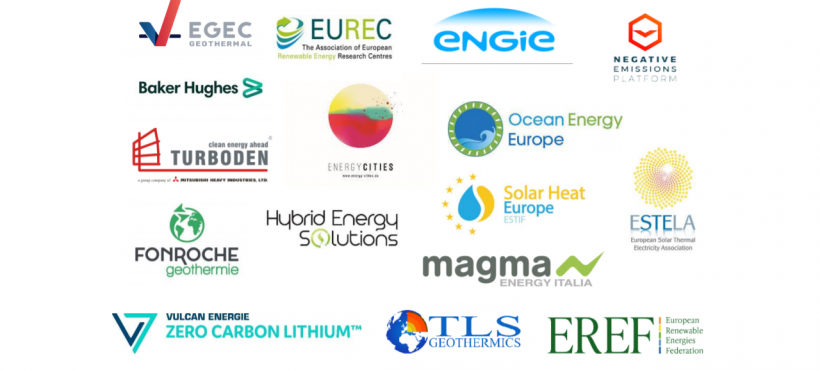Solar Heat Europe together with other European energy actors calls on the European Commission to establish an EU-wide renewable risk mitigation schemes to de-risk private sector investment in capital-intensive renewable energy solutions in the Renewable Energy Directive. The letter mentions that Member States are obliged to reduce the capital cost of renewable energy technologies under Article 3.5(1) of the Renewable Energy Directive and that de-risking capital intensive renewable heating, cooling, and electricity projects is the most optimal solution.
The joint letter brings to attention also the advantages of a self-replenishing European risk mitigation scheme, such as:
- The economies of scale from combining our technologies into a single scheme and empowering project developers across the Union substantially reduces transaction costs. This significantly lowers capital and total projects costs to the benefit of end consumers, investors and public authorities. De-risking investment into concentrated solar power (CSP) in North Africa, with similar conditions in Southern Europe, could lead to a 39% reduction in the mean LCOE from CSP and reduce financing costs by almost one third. Risk assessment analysis on solar heat for industrial processes (SHIP) in different locations indicates that weighted average cost of capital (WACC) can be reduced by 2.9 percentage points on average through risk mitigation measures.
- It unshackles investments can be made anywhere in the EU rather than just in the Member States that provide this coverage. It allows for much greater sums of private capital leverage. An EU scheme is expected to leverage greater volumes and deliver larger socio-economic benefits across the Single Market. For example, the French risk mitigation scheme for geothermal was able to leverage €42 of private capital for every €1 contributed. Furthermore, a risk guarantee scheme would enable the EU to fully meet its 2025 ocean energy deployment target providing renewable electricity for 100,000 households, saving 231 000 tCO2 per year and adding hundreds of high-quality jobs.
- A self-replenishing fund would be continually maintained by fees from projects once they are
operational.
Download the letter here.


Leave a Reply